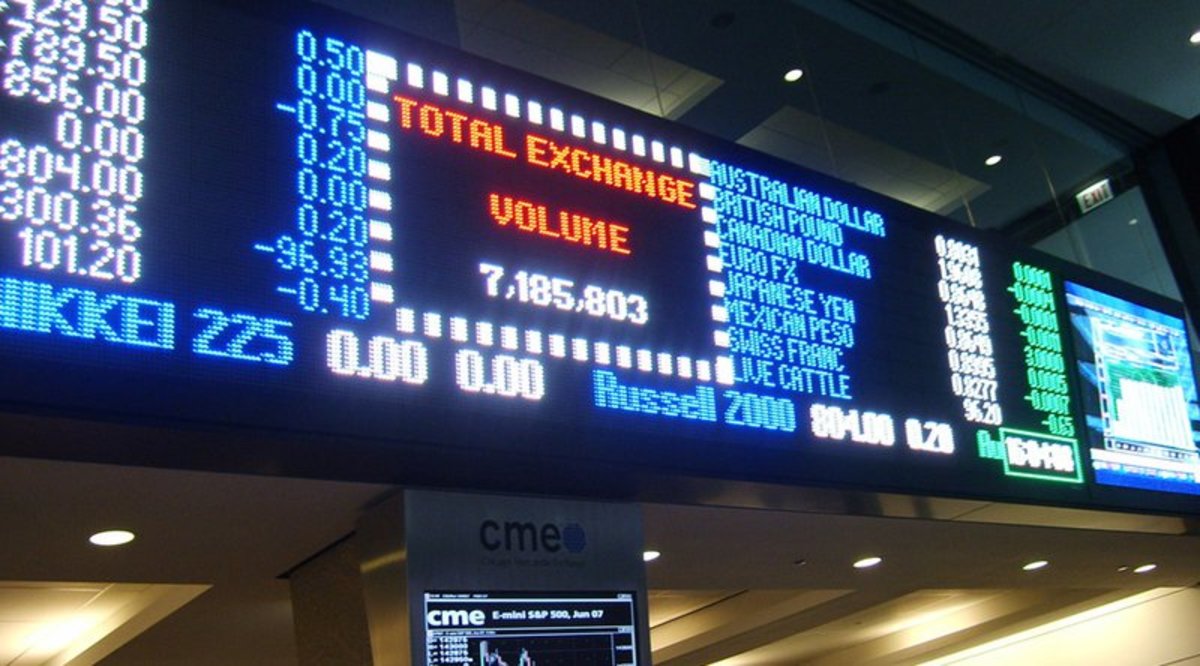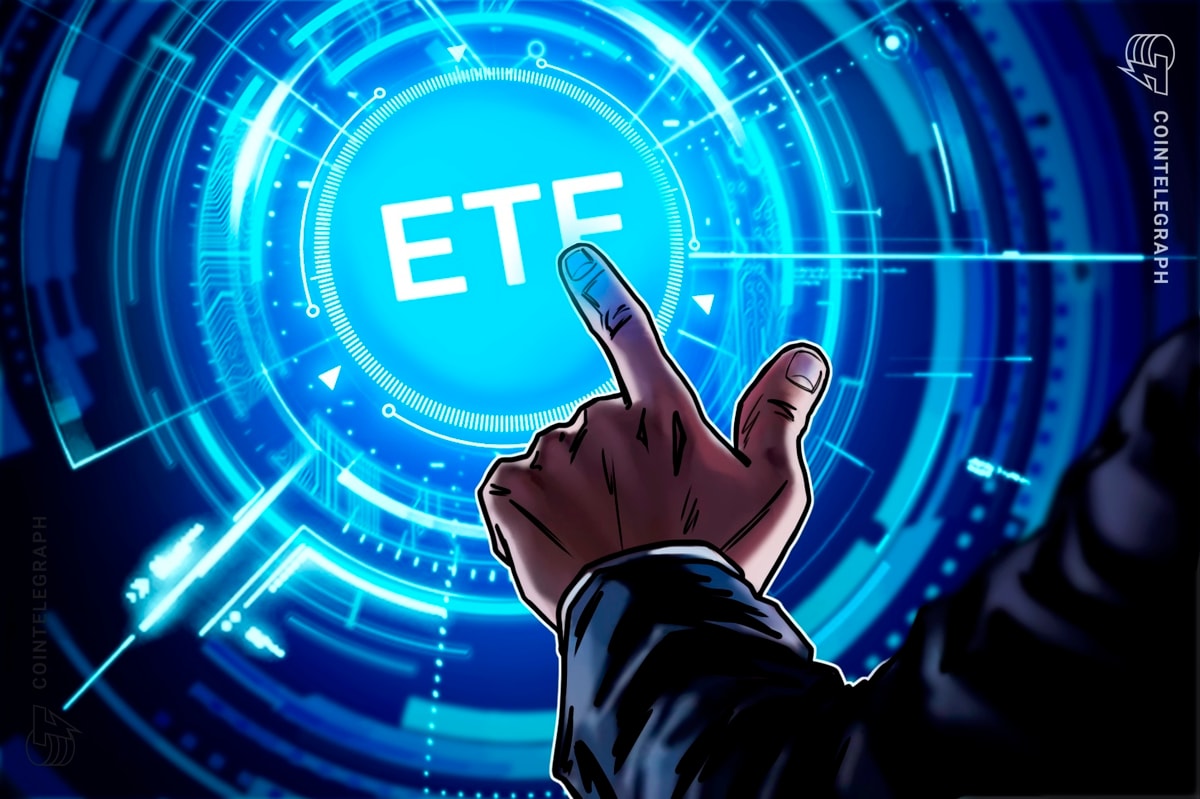
Editor's note: This is a guest post by Matt O’Brien and the opinions represented are those of the author.
As the hype and pessimism around blockchain technology converge toward reality over the next several years, one certainty emerging among Wall Street and Main Street traders is that advancements in platform technology will profoundly change how commonly used securities known as derivative contracts will be traded. The distributed ledgers inconceivable just a couple of years ago are on the precipice of ushering in a new era of innovative financial engineering and precision in risk management.
Wall Street firms are beginning to tinker with blockchain and smart contract technology that will allow buyers, sellers and central clearing houses of derivative trades to share information, such as KYC (Know Your Customer), in real time across various distributed ledger platforms unleashing incredible efficiencies.
Last month it was reported that Barclays tested a blockchain platform called Corda, developed by the bank consortium R3. Electronic documents that served as derivative contracts were pre-populated with standardized values, which, one day, will allow the contracts to be hashed out between counterparties, traded on an exchange across multiple banks and then cleared and settled instantaneously.
Derivative contracts are financial instruments that derive their value from some underlying asset, such as stocks, bonds, commodities or even interest rates. Derivative contracts have become increasingly fundamental in effectively managing financial risk and creating synthetic exposures to asset classes. For example, airlines use future contracts, a form of derivative, to hedge against fluctuating oil prices. Hedge funds use options, another form of derivatives, to speculate in questionable company stock without baring the cost of purchasing a large number of shares. Derivative contracts typically have shelf lives of 30-day increments.
Industry leaders expect distributed ledger infrastructure to foster new approaches to financial engineering, enabling financiers to customize derivatives consisting of individual cash flows to meet precise needs in terms of timing and credit risk. According to a report produced by Oliver Wyman, a management consulting firm, blockchain-enabled derivative contracts could be financed by issuers selling their own instruments that match the cash flows they expect to achieve, “in essence creating swaps without the need for balance sheet intermediation.” Traditional swap agreements are traded over the counter.
Smart derivative contracts will spell out each party’s obligation such as margin agreements and swap conditions. Traditionally, financial exchanges have required clearing houses to provide a guarantee to the winning party of the derivative contract in case the loser does not pay. The clearing house is able to provide this guarantee by requiring both parties to make cash deposits during the pre-trade phase.
While one of the original goals of blockchain technology is to remove the need for central governing bodies, industry analysts reason traders will continue to novate derivative trades via a Counterparty Clearing House (CCP) in order for dealers to net their exposures and monitor the financial well-being of counterparties (ensuring problems like double-spending are eliminated). Blockchain vendors, such as kompany.com, can supply banks with customer and company information for due diligence. On May 12, at an industry conference, kompany.com announced its development of electronic ledgers with original and authoritative company information and that it is moving information on 100 million firms onto a blockchain for KYC and Know Your Bank documentation.
In the age of blockchain, dealers will post collateral to the clearing house in the form of initial and variation margin by escrowing cash on a distributed cash ledger or by allocating assets held on other asset ledgers to a distributed collateral ledger. Smart derivative contracts that bind both seller and buyer will be stored on a distributed derivative ledger along with information from the cash and asset ledgers. This will lead to efficiencies for calculating derivative positions and obligations.
“The smart contract can automatically compute exposures by referencing agreed external data sources (e.g. S&P; 500, NASDAQ) that recalculate variation margin. Interoperable derivative and collateral ledgers would automatically allow the contract to call additional collateral units on asset ledgers to support these needs. At maturity, a final net obligation is computed by the smart contract, and a payment instruction automatically generated in the cash ledger, closing out the deal,” the authors of the report state. With regard to the settlement of funds, presently the interbank transfer system entails a three to five day process that includes the Automated Clearing House and Federal Reserve as clearing agent. This represents a significant opportunity cost that parties can recapture with a real-time system.
Proponents of blockchain technology see the improvement in funds settlement and counterparty risk assessment as shortening the liquidity cycle for various derivative positions, allowing financiers to inject liquidity into the system for other transactions much more quickly. “In order to maintain liquidity levels firms have to overcompensate where the money has to be tied up for some time before the next transaction,” said Derick Smith, Cofounder and CEO of Chainreactor. “Transaction time will improve and risk assessment will improve. Most other players will get to see who they are providing liquidity for.”
Industry executives figure cost savings can come from eliminating redundant IT systems and trading and risk management overhead. The finance industry currently spends roughly $150 billion annually on IT and operations expenditures in addition to $100 billion on post-trade and securities servicing fees.
Some media outlets have reported that many Wall Street firms have increased capital budget allocations to blockchain technology initiatives. JPMorgan plans to increase its overall technology spending to approximately $9.4 billion this year while allocating about 40 percent of that budget to new investments and technologies, up from 30 percent.
While private blockchain systems continue to develop they remain closed to the trading public. A public blockchain currently available on the web is Ether Opt, which is a decentralized options exchange built on Ethereum. The website claims that options traded on its platform are vanilla call and put options priced in an Ether/USD exchange rate. Cryptocurrency exchanges Poloniex and Coindesk provide pricing information. The open-source platform is produced by Etherboost, which is a producer of decentralized autonomous organizations governed by smart contracts on the Ethereum blockchain. According to Etherboost’s website developers also created Ethvertise, an ad market, SzaboDice, a dice game, and Pokereth, a poker game.
In early April, Etherboost programmers blogged that “the first Etheropt expiration was successful. The transaction. … represents the first decentralized options expiration in the history of mankind.”
Phone calls seeking comment for Bitcoin Magazine were not returned before publication.
Despite all the fervor around blockchain and smart contract technology, many challenges still exist. Some experts estimate the new systems will be fully implemented within a decade. The well documented challenge of scalability continues to hamper progress. “Looking at Bitcoin from an architectural perspective it can at this point handle only seven transactions per second,” said Mr. Smith. “The issue is verifiability of each transaction where people have to wait for the global network to verify it.”
CME Group literature states exchange-listed derivative contracts volume averaged 15.6 million per day in 2015. The CME is the largest exchange of derivative contracts in the world. Mr. Smith added that the public blockchain platform Ethereum with its programmable transaction functionality will, in time, overcome scalability issues.
Officials with CME Group did not respond when reached for comment, however, they referred Bitcoin Magazine to a May 2 press release about the exchange’s latest initiative in collaboration with Crypto Facilities, a digital assets trading platform, for launching the Bitcoin Reference Rate and Real-Time Index.
Regarding digital currencies, the token unit of the Ethereum platform is ether, which is used to pay for computational services on the Ethereum network. Financial firms see the digital currency as a challenge because it is perceived as lacking stability. Fiat currency would prove problematic because blockchain technology treats it as another asset class on a distributed ledger. The authors of the Oliver Wyman report suggest banks create specific digital currencies for interbank use or use existing accounts at banks where participants deposit liquidity for trading in segregated accounts.
Photo Liz Bustamante / Flickr(CC)










